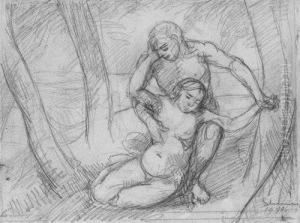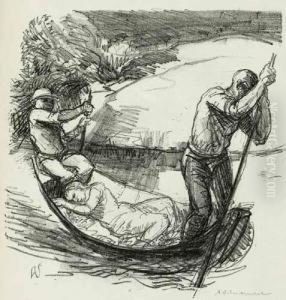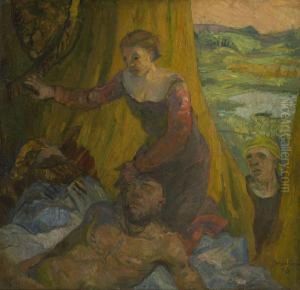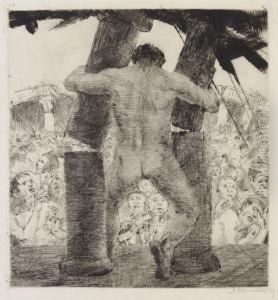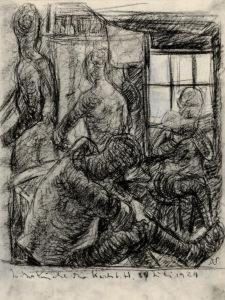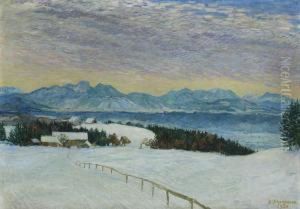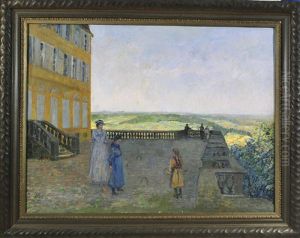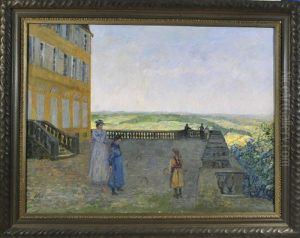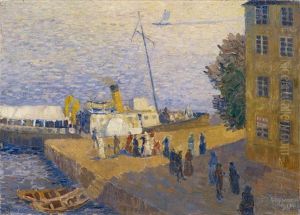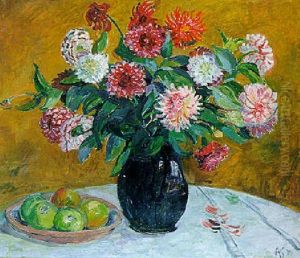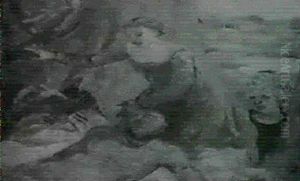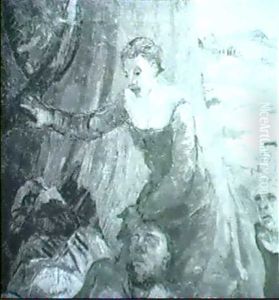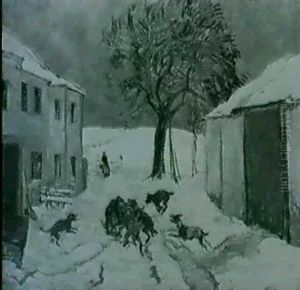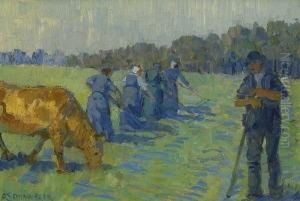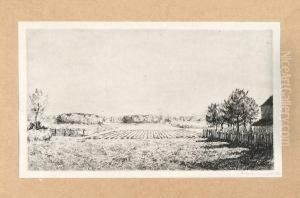Adolf Schinnerer Paintings
Adolf Schinnerer was a German painter and graphic artist born on January 4, 1876, in Schwarzenbach am Wald, Bavaria. He was a significant figure in early 20th-century German art, often associated with the Neue Sachlichkeit (New Objectivity) movement, although his style was varied and evolved significantly over his career.
Schinnerer began his artistic education at the School of Applied Arts in Nuremberg before moving on to the Munich Academy of Fine Arts in 1895. There, he was a pupil of the historical painter Ludwig von Löfftz and the genre painter Paul Hoecker. Schinnerer was influenced by the Jugendstil movement (Art Nouveau in Germany) during his early career, which is evident in his delicate lines and decorative elements.
In the following years, Schinnerer became renowned for his landscapes, portraits, and still lifes. His work demonstrated a mastery of form and color, as well as a keen observation of nature and an ability to capture the character of his subjects with sensitivity. During the 1920s, he developed a more realist approach in line with the New Objectivity movement, which rejected the romanticism and subjectivity of expressionism in favor of a more straightforward and sometimes critical representation of reality.
Schinnerer's work was appreciated in his time, and he was awarded numerous prizes and honors, including the Villa Romana prize in 1921, which allowed him to spend a year in Italy, an experience that had a profound effect on his art. His Italian landscapes from this period are particularly notable for their clarity of light and form.
Despite his success, Schinnerer's career was impacted by the political changes in Germany. With the rise of the Nazi regime, his work was deemed 'degenerate,' and he was forbidden to exhibit. After World War II, however, his art regained attention, and he continued to paint until his death.
Adolf Schinnerer died on January 23, 1949, in Munich. While not as well-known today as some of his contemporaries, his contribution to German art is recognized by historians and collectors, and his works are held in various collections and museums in Germany and beyond.
